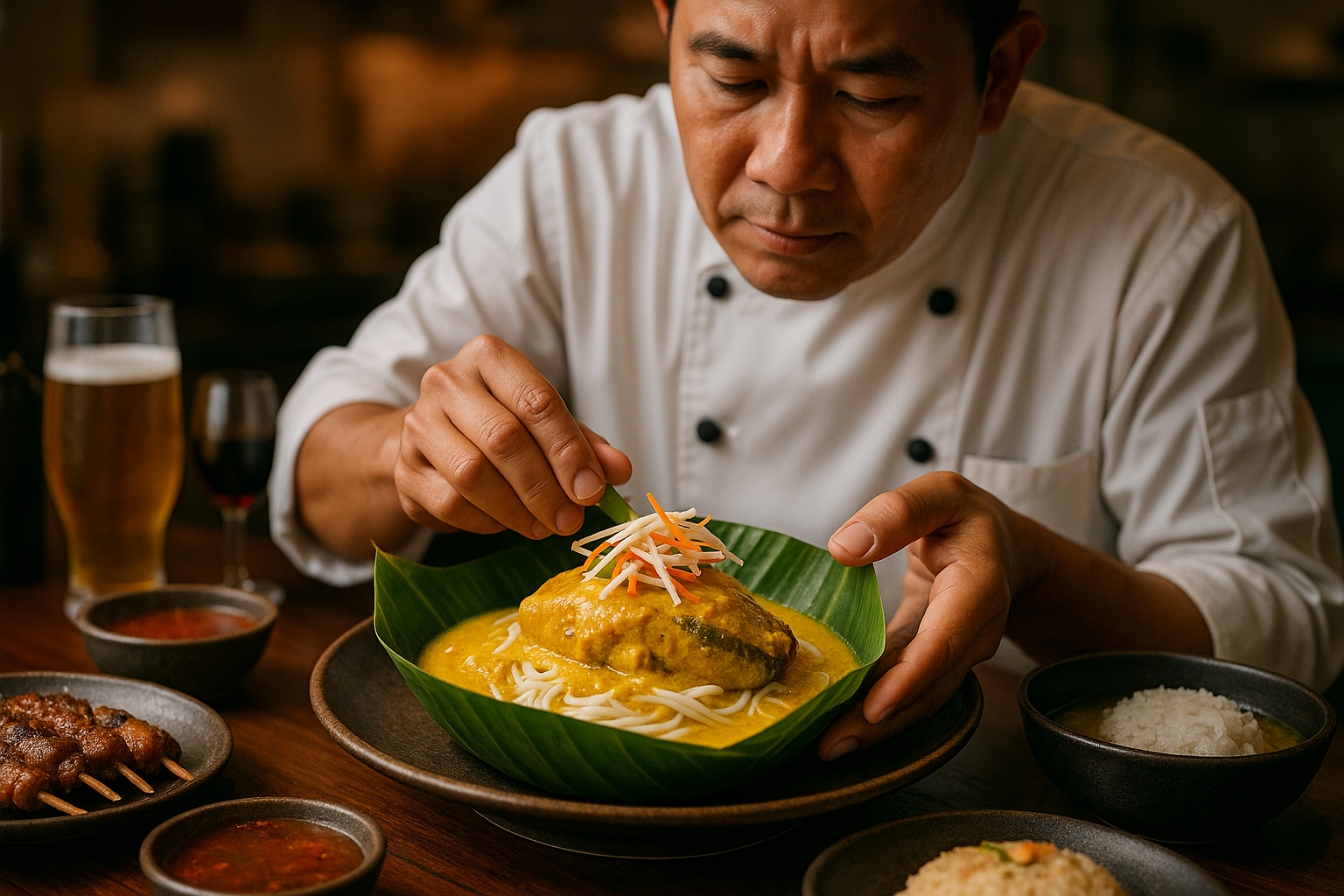Unveiling the Hidden Delights of Cambodian Cuisine
When it comes to Asian cuisine, most people are familiar with the likes of Japanese sushi, Chinese dim sum, or Thai curry. But there's another culinary gem hidden in Southeast Asia, waiting to be discovered: Cambodian cuisine. Let's embark on a gastronomic journey to explore the wonders of this underappreciated culinary tradition.

A Food Culture Rooted in Tradition
Cambodian cuisine, also known as Khmer cuisine, is a fascinating amalgamation of flavors and techniques borrowed from its neighbors, yet it has its distinctive characteristics. The Khmer people’s close connection with nature and seasonality is reflected in their food, with ingredients and cooking methods changing with the seasons.
The Quintessential Cambodian Dishes
Among the myriad dishes in Cambodian cuisine, ‘Fish Amok’ and ‘Kuy Teav’ stand out. Fish Amok, a fragrant fish curry steamed in banana leaves, is a testament to Cambodia’s abundant freshwater fish and spices. Kuy Teav, a noodle soup made from beef or pork broth, is a popular breakfast dish, reflecting the Chinese influence on Cambodian cuisine.
The Art of Fermentation in Cambodian Cuisine
Cambodian cuisine also showcases the country’s mastery of fermentation techniques. ‘Prahok,’ a fermented fish paste, is a staple in many Cambodian dishes, imparting a unique umami flavor. However, fermentation is not limited to fish. Various fruits, vegetables, and even rice are fermented, creating a vast array of flavors and textures.
The Cambodian Beverage Scene
Beyond food, Cambodian beverages are equally fascinating. Apart from the well-known Angkor beer, Cambodia is also famous for its palm wine, locally known as ‘Tuk Tnaut’. Distilled from the sap of the sugar palm tree, this sweet, tangy beverage is a must-try for any food explorer.
The Future of Cambodian Cuisine
The culinary world is starting to appreciate the depth and complexity of Cambodian cuisine. With more Cambodian restaurants opening globally and the increasing interest in food tourism, Cambodian cuisine’s future looks promising.
- Cambodian Tip: In Cambodia, meals are often a communal affair, with dishes placed in the center of the table for everyone to share.
- Fun Fact: Sticky rice, known as ‘bai damnaeb’, is a common dessert in Cambodia. It’s often dyed bright hues using natural colorants like pandan leaves.
Cambodian cuisine, with its deep-rooted traditions and unique flavors, is a culinary journey worth taking. Its diverse dishes, intriguing fermentation techniques, and charming beverage scene are just the tip of the iceberg. As you delve deeper into this cuisine, you’ll discover a gastronomic treasure that goes beyond the familiar flavors of Southeast Asia. So, the next time you’re seeking a culinary adventure, why not explore the hidden delights of Cambodian cuisine?





